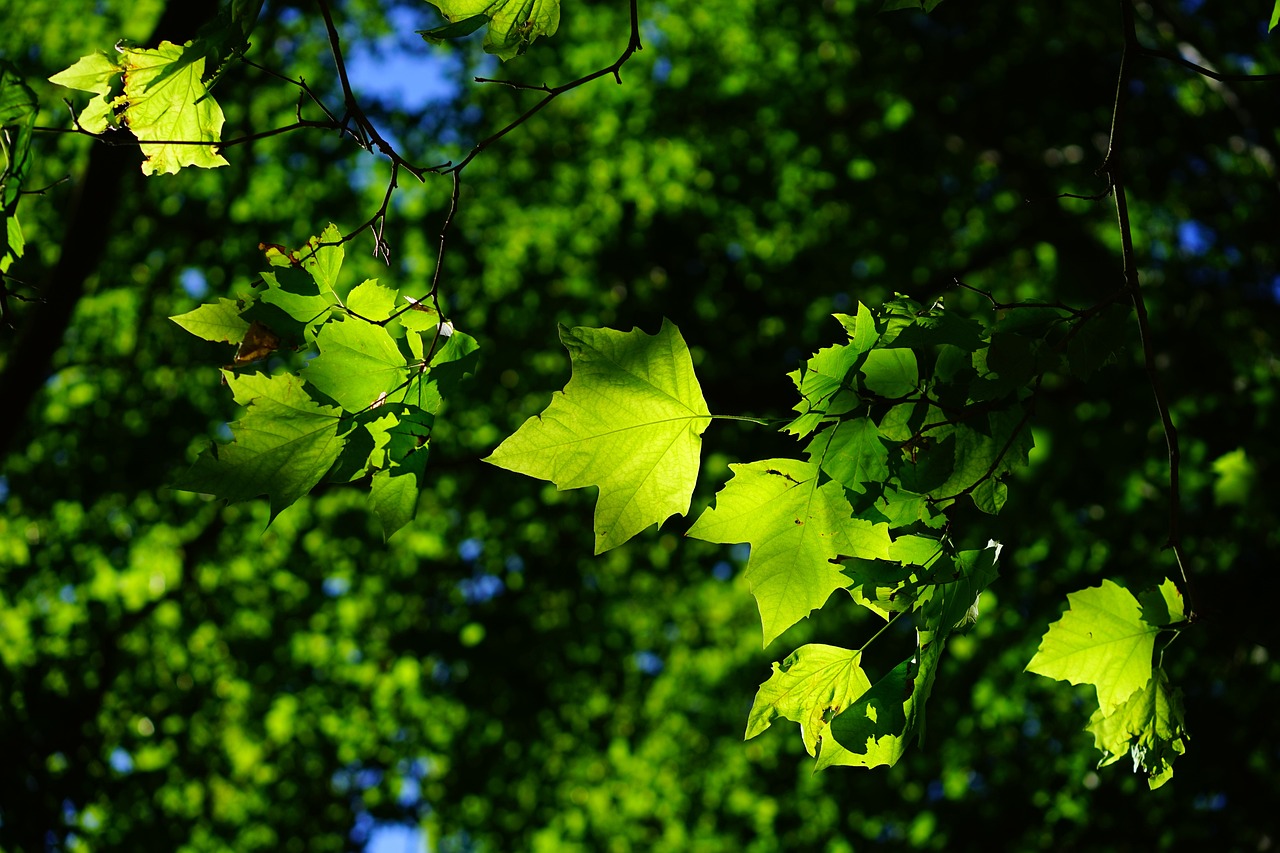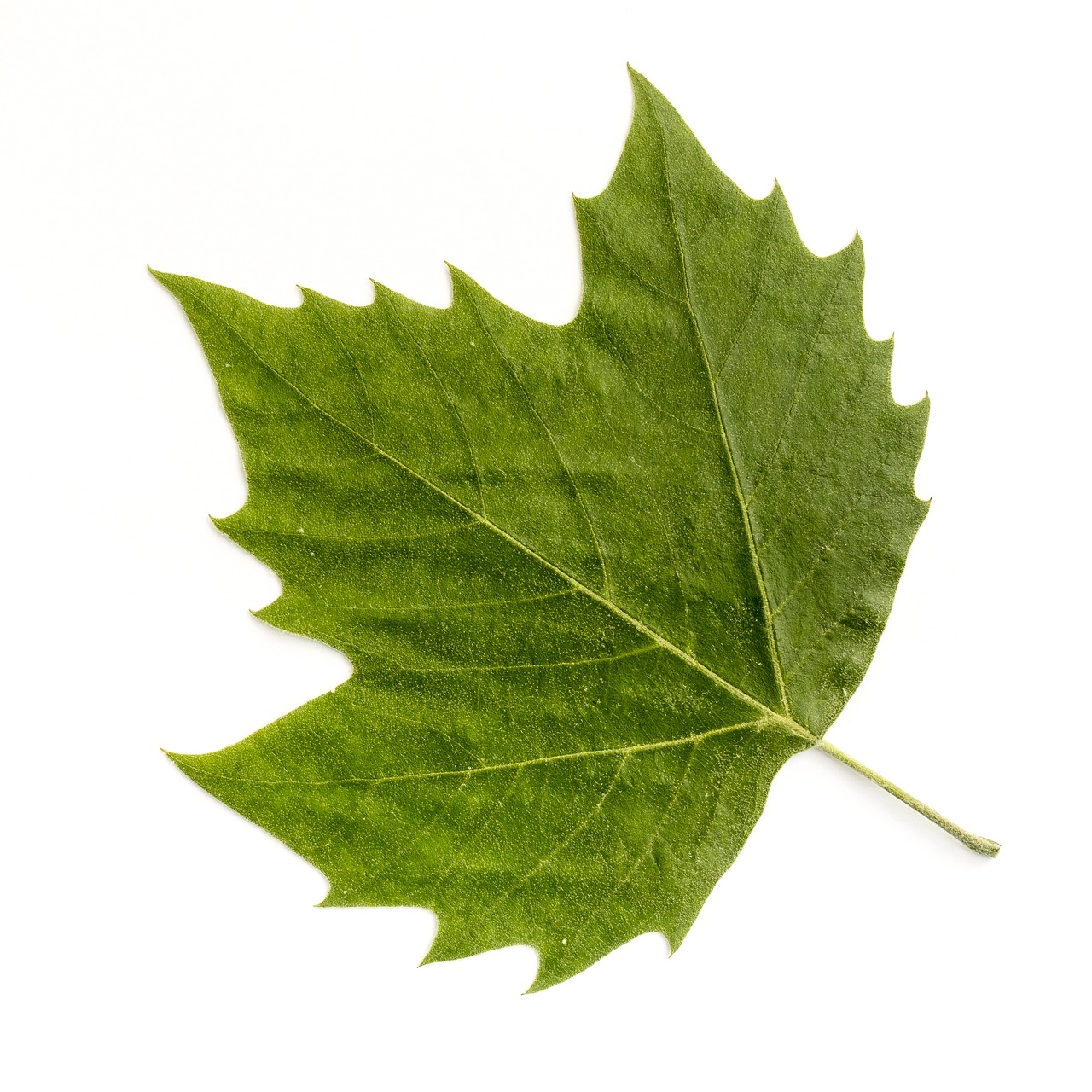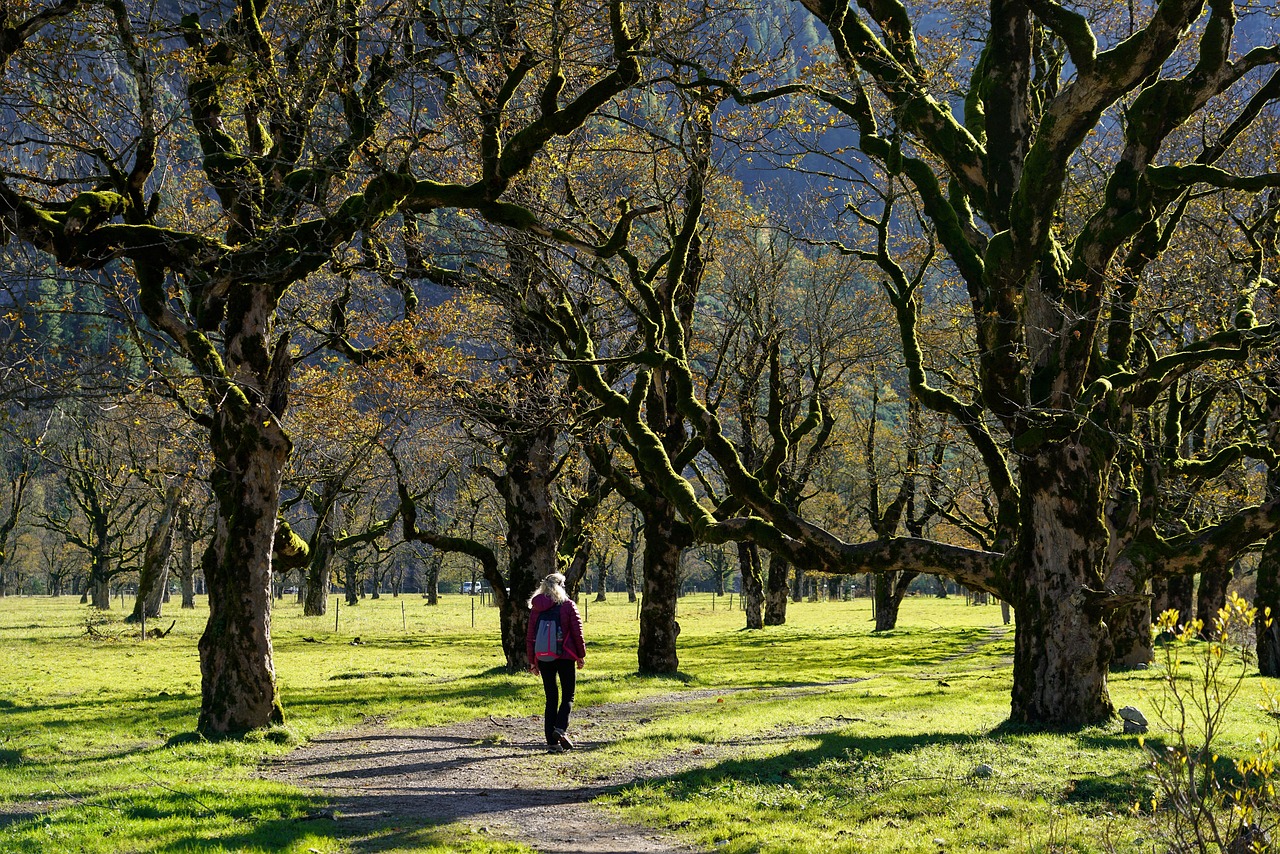Sycamore trees are primarily distributed in temperate regions, thriving in areas with moist, well-drained soils. They are commonly found along riverbanks, floodplains, and in mixed forests, particularly in North America, Europe, and parts of Asia. Their habitat requirements include ample sunlight and access to water.
Understanding Sycamore Trees

Sycamore trees, belonging to the genus Platanus, are notable for their distinctive bark and broad canopy. These trees can grow quite large, reaching heights of up to 100 feet. The leaves are broad and palmate, providing ample shade. Their unique appearance and size make them a popular choice for landscaping in urban and suburban areas.
One of the most recognized species is the American sycamore (Platanus occidentalis), which is native to North America. Another notable species is the Oriental sycamore (Platanus orientalis), found in Europe and parts of Asia. Both species share similar habitat preferences, but they also exhibit unique characteristics that adapt them to their specific environments.
Habitat Characteristics
To understand the distribution of sycamore trees, it is essential to examine their preferred habitats. These trees typically thrive in areas that meet specific ecological criteria. The following factors play a crucial role in determining where sycamores can grow:
- Soil Type: Sycamores prefer well-drained loamy soils that retain moisture but do not become waterlogged.
- Moisture Availability: They are usually found near water bodies, such as rivers and lakes, where the soil remains consistently moist.
- Sunlight: These trees require full sun exposure for optimal growth and development.
The adaptability of sycamore trees enables them to grow in various environments, but they thrive best in floodplain regions. Floodplains provide the nutrient-rich soil that sycamores need for robust growth. Additionally, their extensive root systems help stabilize riverbanks, preventing erosion.
Geographic Distribution
The geographic distribution of sycamore trees varies significantly between species. Below is a table highlighting the primary regions where different species of sycamore trees can be found:
| Species | Region | Habitat Type |
|---|---|---|
| Platanus occidentalis | North America | Floodplains, riverbanks |
| Platanus orientalis | Europe, Asia | Urban areas, parks |
| Platanus racemosa | Western North America | Riparian zones |
This table illustrates the diversity of sycamore species and their respective habitats across different regions. Understanding these distributions is vital for conservation efforts and for maintaining the ecological balance within these areas.
In summary, sycamore trees are a vital component of many ecosystems. Their ability to adapt to various habitats while providing significant ecological benefits makes them an important focus for both environmental studies and urban planning initiatives.
Ecological Importance of Sycamore Trees
Sycamore trees play a crucial role in their ecosystems. They provide habitat and food for various wildlife species. Their large leaves and expansive branches create shade, which influences the microclimate of their surroundings. This section will explore the ecological importance of sycamore trees and how they contribute to biodiversity.
Wildlife Habitat
The broad canopy of sycamore trees creates a habitat for many birds, mammals, and insects. Some of the key species that benefit from sycamore habitats include:
- Birds: Species such as woodpeckers, warblers, and various songbirds nest in the branches of sycamores. The tree’s structure provides shelter and nesting sites.
- Mammals: Squirrels and raccoons often use sycamores for foraging and nesting. The tree’s height allows them to escape predators.
- Insects: Sycamores attract a variety of insects, including aphids and beetles, which serve as food for birds and other predators.
The presence of these wildlife species contributes to a balanced ecosystem. Sycamores serve as a food source and nesting habitat, promoting biodiversity in both urban and rural settings.
Soil Stabilization
Another significant ecological role of sycamore trees is soil stabilization. Their extensive root systems help prevent soil erosion along riverbanks and floodplains. This stabilization is vital for maintaining water quality and protecting aquatic habitats. The roots bind the soil, reducing runoff during heavy rains.
In addition to preventing erosion, the organic matter from fallen leaves and decaying wood enriches the soil. This process enhances soil fertility, allowing various plants to thrive in the vicinity of sycamores. Healthy soil supports diverse plant communities, further promoting ecological balance.
Cultural Significance and Uses
Beyond their ecological importance, sycamore trees have cultural significance in many regions. They are often regarded as symbols of strength and endurance. Here are some notable aspects of their cultural importance:
- Landscaping: Due to their large size and attractive appearance, sycamores are commonly used in landscaping. They provide shade in parks and along streets, enhancing urban environments.
- Historical Uses: In many cultures, sycamores were used for timber. The wood is durable and resistant to decay, making it suitable for furniture and construction.
- Cultural Symbolism: In various traditions, the sycamore tree symbolizes protection and shelter. It often appears in folklore and art as a representation of resilience.
Medicinal Properties
Sycamore trees also have medicinal uses. Various parts of the tree, including the bark and leaves, have been used in traditional medicine. Some potential uses include:
- Anti-inflammatory: Extracts from sycamore bark have been studied for their anti-inflammatory properties.
- Respiratory Health: Infusions made from sycamore leaves have been traditionally used to alleviate respiratory issues.
While these traditional practices hold cultural significance, scientific research is ongoing to validate these medicinal claims. It is essential to approach such uses with caution and consult healthcare professionals before using any plant for medicinal purposes.
Threats to Sycamore Trees

Despite their adaptability, sycamore trees face several threats that can impact their health and distribution. Understanding these threats is crucial for conservation efforts:
- Disease: Sycamores are susceptible to diseases such as anthracnose, which can cause leaf drop and weaken the tree.
- Pests: Invasive species like the sycamore borer can damage trees, leading to decline.
- Climate Change: Changes in climate patterns can affect water availability and soil conditions, impacting sycamore growth.
The combination of these threats necessitates proactive measures to protect sycamore populations. Conservation strategies may include monitoring for diseases, managing pest populations, and addressing climate-related challenges.

By understanding the ecological importance, cultural significance, and threats facing sycamore trees, we can foster greater appreciation and support for their preservation in our landscapes.
Conservation Efforts for Sycamore Trees
As the importance of sycamore trees becomes increasingly recognized, various conservation efforts have emerged to ensure their survival. Protecting these trees involves a multifaceted approach that includes habitat preservation, community involvement, and scientific research. This section will explore the strategies being employed to support sycamore populations.
Habitat Preservation
One of the key elements in conserving sycamore trees is the preservation of their natural habitats. This involves several strategies:
- Protected Areas: Establishing protected areas such as national parks and nature reserves helps safeguard sycamore populations from urban development and logging.
- Riparian Buffers: Maintaining riparian buffers along waterways enhances the health of sycamore ecosystems. These buffers filter pollutants and provide essential habitat for wildlife.
- Restoration Projects: Engaging in restoration projects can revitalize degraded habitats. Techniques such as reforestation and invasive species removal are critical for restoring sycamore ecosystems.
Through these habitat preservation efforts, sycamores can thrive in their natural environments, contributing to overall ecosystem health.
Community Engagement
Community involvement is vital for successful conservation initiatives. Educating the public about the importance of sycamore trees fosters appreciation and support for conservation efforts. Here are some effective ways to engage communities:
- Educational Programs: Schools and local organizations can host educational programs to teach children and adults about the ecological benefits of sycamores and their role in local ecosystems.
- Volunteer Opportunities: Organizing tree planting events or habitat clean-up days encourages community members to participate actively in conservation efforts.
- Awareness Campaigns: Social media campaigns and local outreach can raise awareness about the threats to sycamore trees and promote responsible stewardship.
By involving local communities, conservationists can create a strong network of advocates for sycamore trees, increasing public support for protective measures.
Research and Monitoring Programs
Scientific research plays a crucial role in understanding sycamore trees’ needs and challenges. Monitoring programs help track the health and distribution of sycamore populations. Key components of these research efforts include:
Biodiversity Studies
Researching the biodiversity associated with sycamore trees provides insights into their ecological roles and interactions with other species. Studies often focus on:
- Species Interactions: Understanding how various species interact with sycamores helps identify key relationships within the ecosystem.
- Pollination Dynamics: Researching the pollinators that visit sycamores can inform conservation strategies aimed at protecting these essential species.
Pest and Disease Management
Monitoring pests and diseases is essential for maintaining healthy sycamore populations. Researchers focus on:
- Identifying Threats: Early detection of invasive pests and diseases allows for timely intervention to protect sycamore trees from decline.
- Developing Management Strategies: Research into effective management practices helps landowners and conservationists mitigate the impacts of pests and diseases.
Case Studies of Successful Conservation Initiatives

Several successful conservation initiatives around the world highlight effective strategies for protecting sycamore trees. These case studies serve as models for future efforts:
The American Sycamore Conservation Project
This project focuses on restoring American sycamore populations in North America. Key actions include:
- Reforestation Efforts: Planting native sycamores in areas where they have declined due to urbanization.
- Community Workshops: Educating local communities about the importance of preserving this iconic tree species.
The Sycamore Restoration Initiative in Europe
This initiative aims to rehabilitate habitats for the Oriental sycamore. Efforts include:
- Habitat Mapping: Identifying key areas where sycamores thrive to prioritize conservation efforts.
- Cultural Heritage Programs: Engaging local communities to value and protect sycamores as part of their cultural landscape.
These initiatives demonstrate that collaborative efforts can lead to significant advancements in the conservation of sycamore trees, ensuring their presence for future generations.
Challenges and Future Directions in Sycamore Conservation
While there have been notable successes in sycamore conservation, several challenges remain that require ongoing attention and innovative solutions. Addressing these challenges is crucial to ensuring the long-term survival of sycamore trees in their native habitats.
Climate Change Impacts
Climate change poses a significant threat to many tree species, including sycamores. As temperatures rise and weather patterns become more unpredictable, sycamores face altered growing conditions. Key areas of concern include:
- Increased Drought: Prolonged drought conditions can stress sycamores, leading to decreased growth and vulnerability to pests and diseases.
- Shifts in Habitat Range: As climate zones shift, sycamores may find suitable habitats moving northward or to higher elevations, which could impact their distribution.
- Altered Water Availability: Changes in rainfall patterns could affect the moisture levels in the soil, critical for sycamore health.
To combat these climate-related challenges, adaptive management strategies must be developed. This includes selecting climate-resilient sycamore varieties for planting and promoting practices that enhance soil health and moisture retention.
Urbanization and Land Use Changes
The expansion of urban areas continues to threaten sycamore habitats. As cities grow, the natural environments in which these trees thrive are often replaced with concrete and infrastructure. Strategies to mitigate these impacts include:
- Green Urban Planning: Incorporating trees and green spaces into urban designs can help maintain biodiversity. Sycamores can play a vital role in urban forestry initiatives.
- Community Green Spaces: Creating parks and community gardens that include sycamores not only enhances urban aesthetics but also provides habitats for wildlife.
By integrating sycamores into urban landscapes, cities can create healthier environments for both residents and wildlife.
Final Thoughts
Sycamore trees are invaluable components of their ecosystems, providing numerous ecological benefits while also holding cultural significance in many regions. Their adaptability allows them to thrive in various habitats, yet they remain vulnerable to threats such as disease, pests, climate change, and urbanization.
The ongoing conservation efforts highlighted throughout this article demonstrate the collective commitment needed to protect sycamore populations. By focusing on habitat preservation, community engagement, and scientific research, we can foster greater resilience among these trees in the face of changing environmental conditions.
As stewards of the environment, it is our responsibility to ensure that future generations can appreciate the beauty and benefits of sycamore trees. Through continued collaboration and innovative approaches, we can secure a place for these majestic trees in our landscapes, contributing to biodiversity and ecological health for years to come.
In conclusion, recognizing the importance of sycamore trees is essential not only for conservationists but also for communities that benefit from their presence. Together, we can work towards sustainable practices that promote the growth and health of sycamore trees, safeguarding their existence for future generations.
